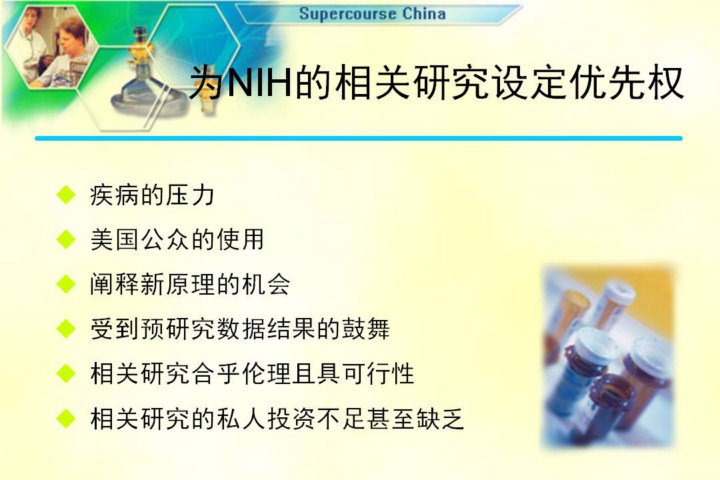| front |1 |2 |3 |4 |5 |6 |7 |8 |9 |10 |11 |12 |13 |14 |15 |16 |17 |18 |19 |20 |21 |22 |23 |24 |25 |26 |27 |28 |29 |review |
 |
Now, we have to choose among the many priorities how we spend the money that the American people generously give us... And our system of prioritization is really the same as the rest of the NIH. We invest more in those things that have a grater burden on American health. We invest in those practices that Americans are using the most, and youíll see this in some of the research that I summarize. And, as an investigator, Iím interested not only in knowing whether a practice works, and whether itís safe, but why it works, what the underlying mechanisms might be. We invest more in things for which thereís already evolving data rather than just anecdotes, although there are times to invest in those in an exploratory way, and we invest in those things that are ethical and feasible. Just because the public may choose to use a certain practice doesnít mean we can study it. We canít ask somebody to sign informed consent to withhold certain practices that we are bound, through good evidence, to rely upon. And in the NIH as a whole, we invest in those areas where private investment is lacking. And in this area, itís everything.
为NIH的相关研究设立优先权: 疾病的压力 美国公众的使用 阐释新原理的机会 受到预研究数据结果的鼓舞 相关研究合乎伦理且具可行性 相关研究的私人投资不足甚至缺乏 |